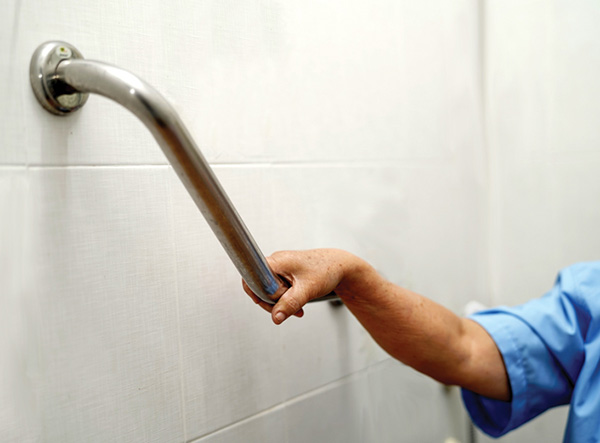Recognizing Decline in Activities of Daily Living»
When your loved one loses the ability to perform these activities, it’s time to discuss care options with a medical professional.
